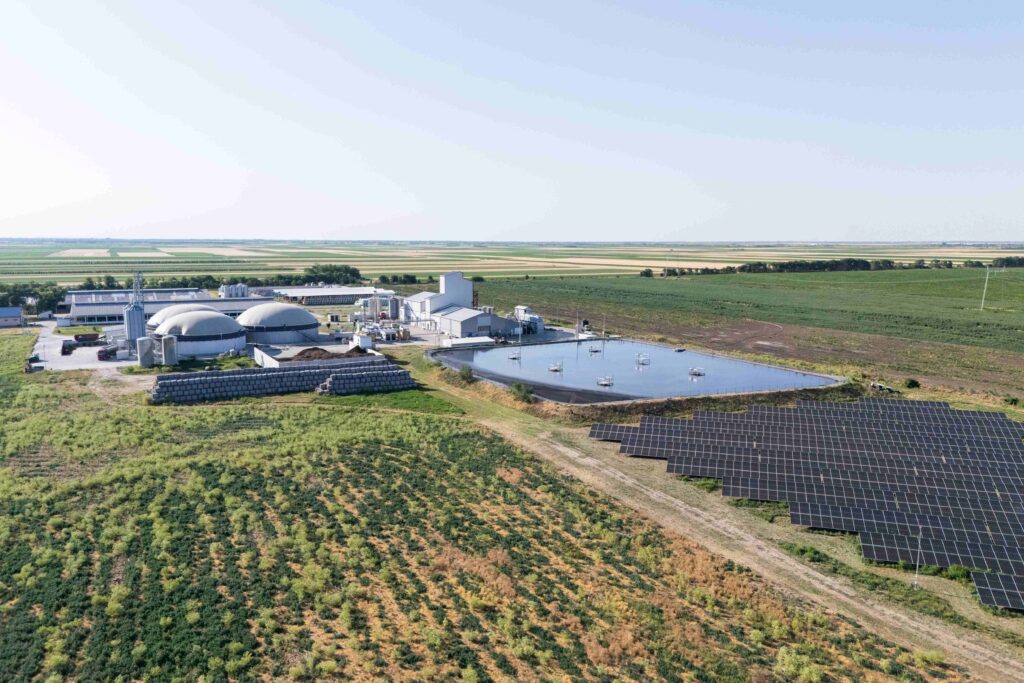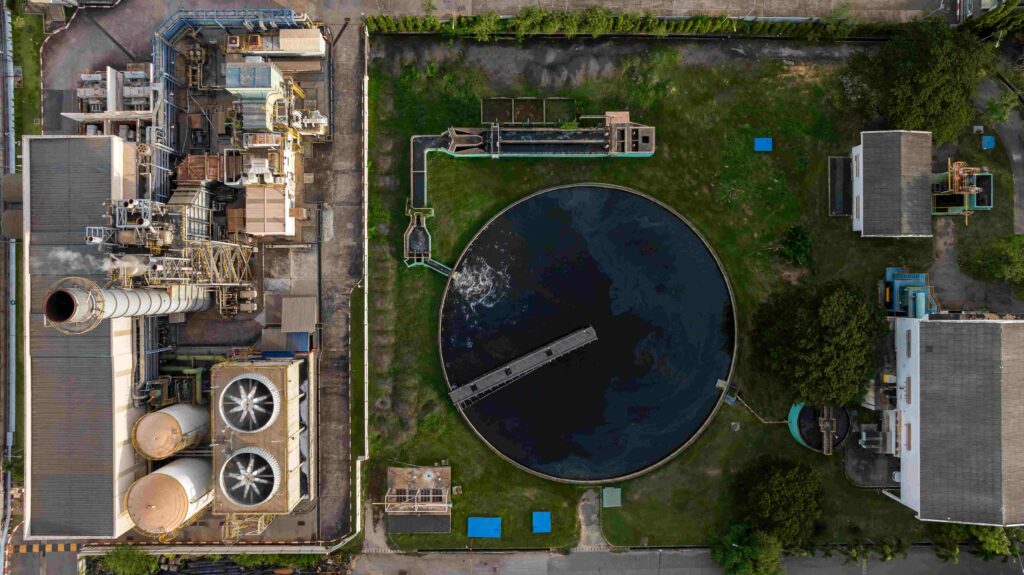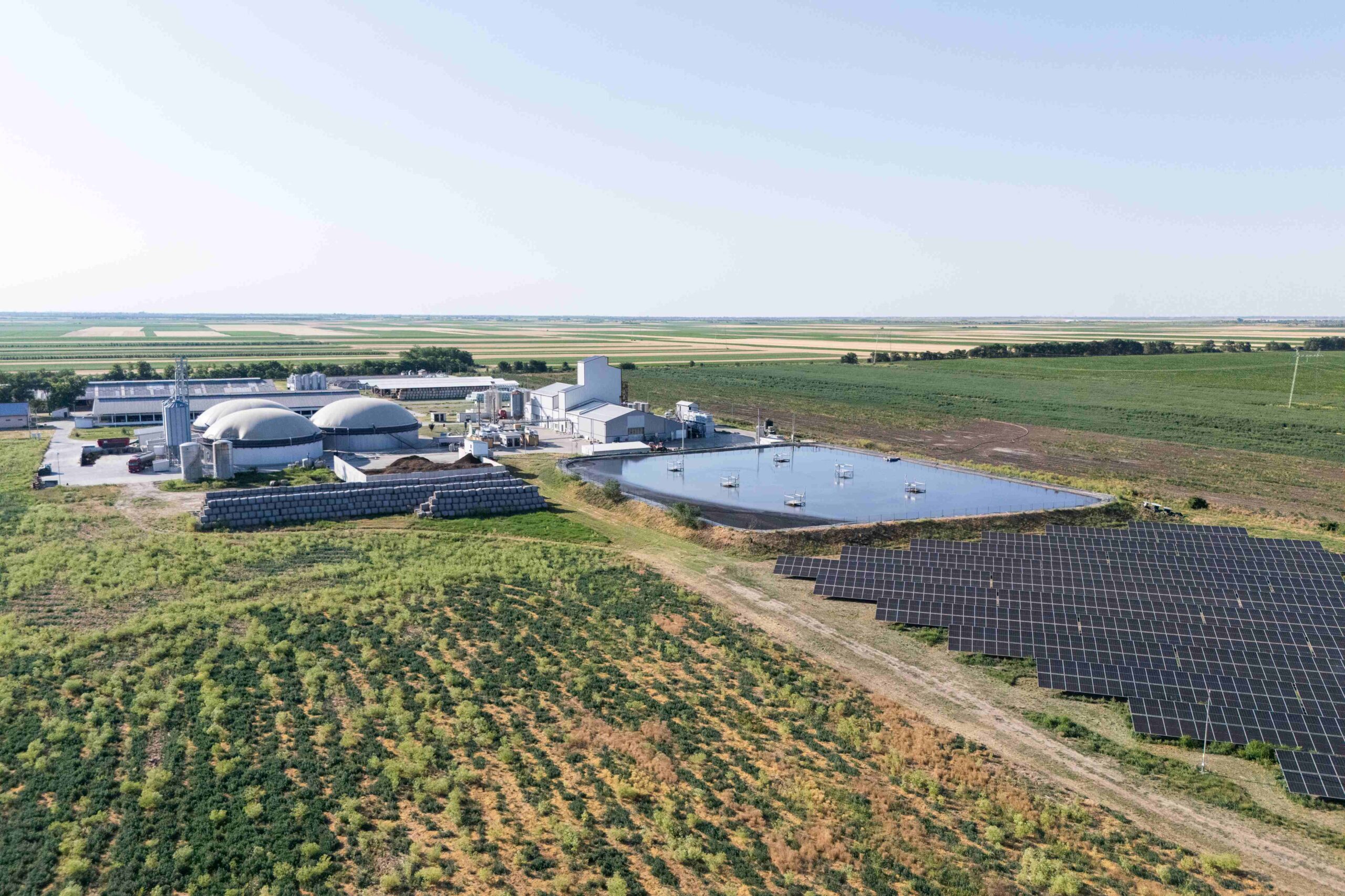Unlocking the Energy Benefits of Anaerobic Digestion Systems
Rising energy bills and mounting waste make it harder to balance budgets with sustainability. Finding a solution that tackles both problems can feel out of reach.
Anaerobic digestion offers a practical path forward. It transforms food scraps, manure, and other organic matter into clean energy that’s ready to use. The result is less waste, lower costs, and new opportunities for businesses, farms, and communities.

What Anaerobic Digestion Systems Do
Anaerobic digestion breaks down organic materials without oxygen. It works like nature’s recycling system, only on a larger, controlled scale. The types of waste that go into the system often include food waste, animal waste, manure, and crop residues. Inside anaerobic digesters, microorganisms break these materials down. The process releases a gas known as biogas and leaves behind a nutrient-rich byproduct called digestate.
The results are simple but powerful. Biogas becomes a renewable source of energy. Digestate acts as a natural fertilizer that supports stronger crop growth. Together, these outputs explain why anaerobic digestion is gaining momentum worldwide.
Energy Applications of Biogas
Biogas is the primary energy output of anaerobic digestion, and can be applied in many ways. You can generate electricity, heat buildings, or fuel vehicles. In some cases, biogas production is upgraded into a renewable substitute for natural gas.
These applications give businesses and communities flexibility. Biogas provides on-site power for farms, stable costs for industries, and cleaner fuel options for transport fleets. By replacing fossil fuels, it reduces reliance on carbon-intensive energy sources and makes renewable energy more accessible.
Turning Waste Management Into Energy Solutions
Left in landfills, kitchen scraps and other organic materials release methane into the atmosphere, adding to the problem of climate change. Anaerobic digestion changes that outcome by capturing methane before it escapes. That methane is harnessed as biogas, giving waste a new role as a clean energy resource.
The benefits of anaerobic digestion extend far beyond simple waste disposal. It cuts greenhouse gas emissions, reduces odors, and recovers value from materials that would otherwise be discarded. By partnering with specialist companies that design and maintain digestion and gas-cleanup systems, farms, municipalities, and food processors can manage waste streams more responsibly and sustainably.
This shift is already happening. Many municipalities, livestock farms, food processors, and wastewater treatment facilities are adopting digesters as part of their waste strategies. Instead of adding to the landfill problem, they’re turning waste into a managed resource that supports both environmental and community goals.

Enhancing Energy Efficiency
The impact grows even stronger when anaerobic digestion is paired with combined heat and power (CHP) systems. CHP uses biogas to generate both electricity and heat at the same time, which means more energy captured and less wasted.
With this setup, you can run equipment, heat buildings, and even feed excess electricity back into the grid. By linking anaerobic digestion to existing infrastructure, organizations maximize returns. For farms and industrial plants, this efficiency translates into long-term savings and greater energy security.
Supporting Energy Independence
Every community needs reliable energy, and location matters. Anaerobic digestion supports independence by producing energy close to where it’s consumed. Instead of relying on imported fuels or distant grids, local waste streams can be turned into biogas energy on-site.
For rural regions, this is especially valuable. Digesters paired with microgrids deliver steady power even in off-grid or disaster-prone areas. That kind of resilience is becoming increasingly important as climate pressures and demand shifts place more strain on national energy systems.
Extra Benefits Beyond Energy
Anaerobic digestion delivers more than clean power and smarter waste handling. It creates additional gains that support farming, ecosystems, and local communities.
- Sustainable farming: Digestate provides a dependable byproduct that farmers can use to improve efficiency on the farm.
- Water protection: Easier-to-manage digestate lowers the risk of nutrients polluting rivers and groundwater.
- Job creation: Building and running digesters creates new skilled jobs in local communities.
- Energy diversification: Biogas adds another renewable option alongside solar and wind.
Together, these outcomes show that anaerobic digestion is more than an energy technology. It’s a system that strengthens agriculture, protects natural resources, and creates new opportunities for people.
Challenges and Opportunities Ahead
No solution is perfect, and anaerobic digestion does come with challenges. High upfront costs can discourage small businesses or municipalities. Operating a digester also requires technical knowledge and reliable infrastructure.
Still, the outlook is positive. Incentives, grants, and renewable energy policies are making it easier to invest. At the same time, technology is advancing. Newer systems are more efficient, easier to maintain, and adaptable to different scales. As adoption spreads, costs will likely continue to drop, opening the door for wider use.
Conclusion
Turning waste into energy is more than a technical solution. It’s a way to support healthier communities and stronger economies. Anaerobic digestion reduces greenhouse gases, cuts costs, and creates byproducts that benefit both agriculture and the environment.
When adopted at scale, it can shift the way waste is managed and energy is produced, giving people access to cleaner systems and more resilient resources. Its impact extends well beyond energy, shaping a future where sustainability is both practical and attainable.








